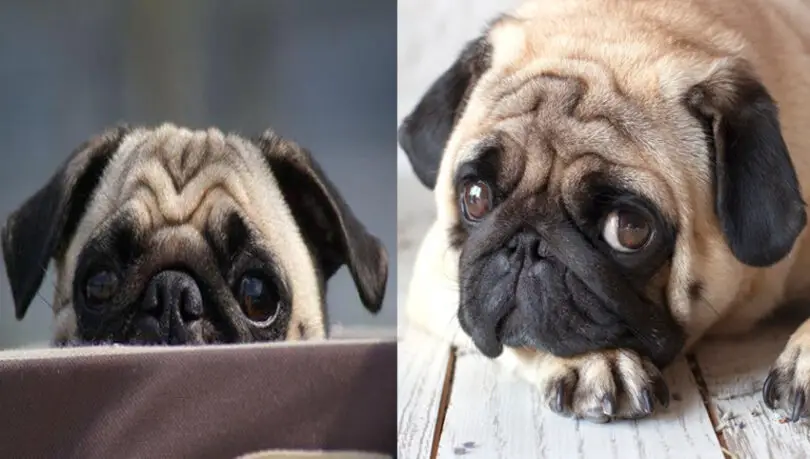Pugs are known for their cheerful and affectionate nature, but like any other family member, they have their moments of displeasure. If you’re a proud pug parent, you might have wondered if your furry friend is harboring some secret resentment. Fear not—pugs are not vindictive creatures, but they do have subtle ways of expressing their discontent. Here are 12 signs to help you decipher whether your pug might be secretly mad at you.
- The Silent Treatment: If your usually chatty pug becomes unusually quiet and reserved, it could be a sign that they’re not thrilled with you. Pugs are vocal beings, and a sudden hush might indicate a brewing dissatisfaction.
- Avoiding Eye Contact: Pugs are masters of the guilt trip, and one way they express displeasure is by avoiding eye contact. If your pug looks away when you try to engage them, they might be sending a subtle signal.
- Refusing Treats: Pugs are notorious food enthusiasts, so if your pug turns up their nose at their favorite treats, it could be a sign of a disgruntled pup. Their appetite is often a reliable indicator of their emotional state.
- Hiding or Seeking Solitude: Pugs are social creatures, but when they’re upset, they may seek a bit of alone time. If your pug retreats to a secluded spot or hides, it might be their way of expressing dissatisfaction.
- Ears Pinned Back: Pay attention to your pug’s ear position. If their ears are pinned back against their head, it could signal discomfort or displeasure. This subtle body language is a pug’s way of expressing their feelings.
- Pouting Expressions: Just like humans, pugs can have expressive faces that convey their emotions. If your pug is sporting a pout or appears to be giving you the cold shoulder, they might be communicating their discontent.
- Stiff Body Language: A relaxed and wiggly body is a sign of a content pug, but stiffness can indicate tension or displeasure. If your pug seems unusually rigid or avoids physical contact, they might be upset.
- Excessive Grooming: While grooming is a normal behavior for pugs, excessive licking or scratching could be a sign of stress. Pay attention to changes in grooming habits as they might indicate emotional distress.
- Ignoring Commands: Pugs are generally eager to please, so if your usually obedient pug suddenly ignores your commands, they might be expressing their displeasure. It’s their way of letting you know they’re not in the mood.
- Tail Position: The position of your pug’s tail can offer insights into their mood. If their tail is held low or tucked between their legs, it could be a sign of discomfort or dissatisfaction.
- Unusual Vocalizations: While some pugs become quieter when upset, others may express their displeasure through unusual vocalizations. Listen for growls, whines, or grumbles that deviate from their usual sounds.
- Destructive Behavior: Pugs may resort to destructive behavior, such as chewing on furniture or belongings, when they’re upset. This can be a manifestation of pent-up frustration or boredom.
Conclusion:
While pugs are generally good-natured, they, like any other beings, can experience moments of displeasure. Understanding these subtle signs can help you navigate your pug’s emotional landscape and address any concerns promptly. Remember, a happy pug is a healthy pug, so paying attention to their cues ensures a harmonious relationship between you and your furry friend.


Leave a Comment